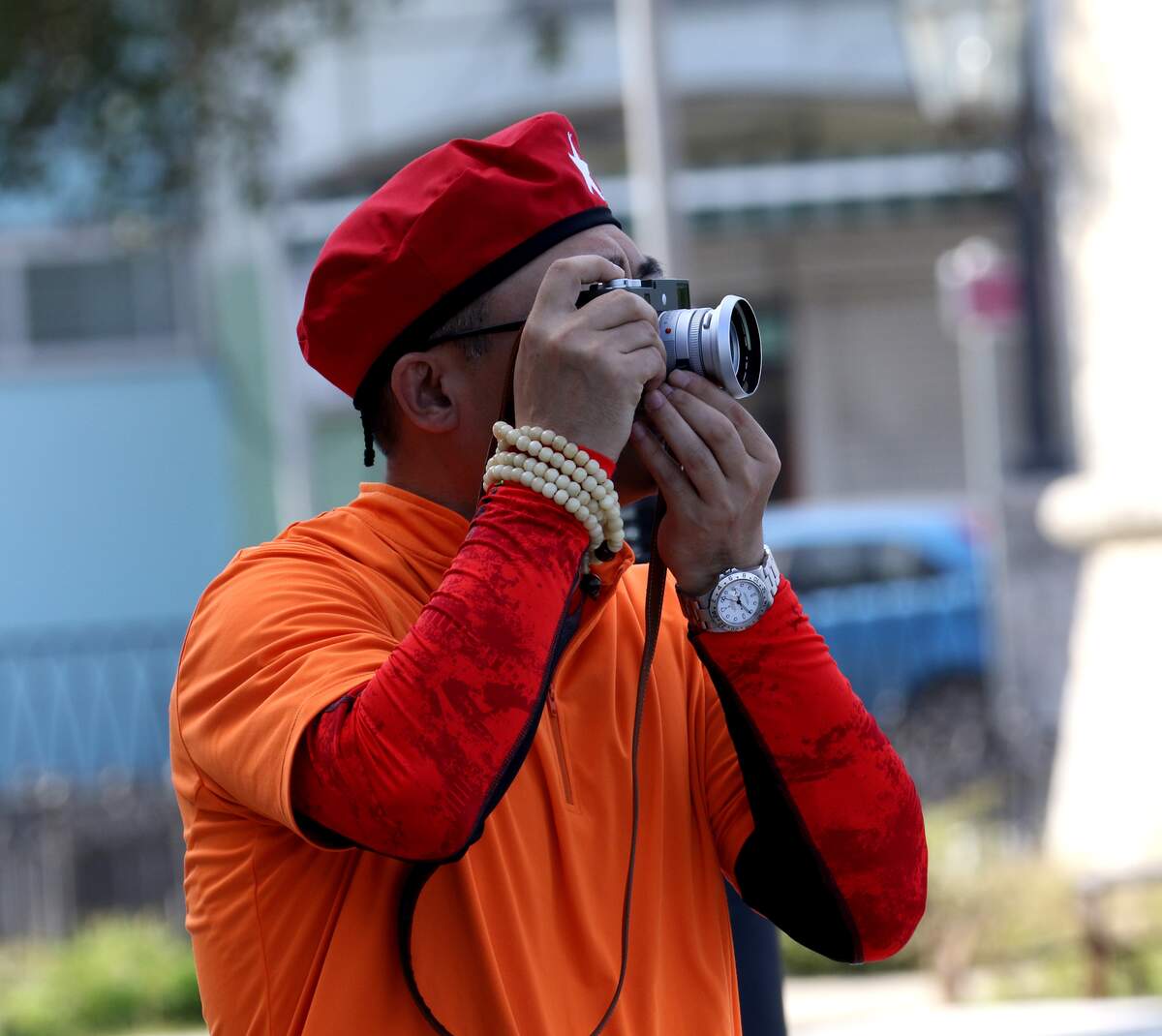

Orange Shirt Day
Also known as
National Day for Truth and Reconciliation (since 2021)
Observed
annually on September 30th (since 2013)
Dates
September 30th, 2023
September 30th, 2024
September 30th, 2025
September 30th, 2026
September 30th, 2027
Hashtags
Sources
In Canada, over 150,000 First Nations, Métis, and Inuit children were forced to attend residential schools from the 1880s to 1990s. Shortly following the country's founding in 1867, there was an effort to create a Canadian national identity. This meant that the indigenous population would have to assimilate, to the point that their culture would be eradicated. A report released in 1879 said that the only way assimilation could be accomplished would be by taking children from their parents and putting them in residential schools. The report recommended that the government work with Christian churches to open the schools. The Canadian government started funding them in 1883, with the Roman Catholic Church and the Anglican Church being the main organizations running them. The schools did away with indigenous language and culture and replaced them with English and Christianity.
There was resistance from the indigenous population, so, in 1894, the Canadian government made attendance compulsory, and gave the Royal Canadian Mounted Police the authority to take children from reservations and bring them to schools. The schools were underfunded and were rampant with diseases, forced labor, and sexual abuse. Students who spoke in their native language were beaten. When students died, their parents often weren't told about it, and the children were buried in unmarked graves. The 2015 Truth and Reconciliation Commission Report estimated that 6,000 children died while attending the schools.
In the 1950s, the Canadian government started making moves towards shutting down the schools, and they took control of the schools from the churches in 1969. There were still a few schools open in the 1980s, and the last one closed in 1996. The United Church of Canada apologized for its role in the schools in 1986, and the Anglican Church did the same in 1992. Although some Catholic organizations have offered apologies, and Pope Benedict XVI acknowledged the wrongs in 2009, as of 2021, the Catholic Church has not formally apologized.
In 2008, Canadian Prime Minister Stephen Harper apologized for the residential school system on behalf of the Canadian government, and formed the Truth and Reconciliation Commission of Canada, to get to the bottom of what had happened at the residential schools. The final report came out in 2015 and said that the residential school system inflicted "cultural genocide" against the indigenous population. The report outlined the ramifications of the schools. It found that the schools undermined parents' ability to pass along language, which led to 70% of Canada's indigenous languages being classified as endangered. It found that the residential education was deliberately poor, and led to a poorly educated indigenous population that did not make high income in adulthood, which in turn impacted the education of their children and grandchildren, continuing a deficit of education and income in indigenous communities for generations. It found that the physical and sexual abuse that residential school students experienced led to lifelong trauma, and that trauma and abuse sometimes was passed down to children and grandchildren.
The St. Joseph Mission Residential School was in operation from 1891 to 1981, in Williams Lake, British Columbia. The St. Joseph Mission Residential School Commemoration Project and Reunion organized events that were held in Williams Lake in May of 2013. The events commemorated the residential school experience, witnessed to and honored the journey of healing of the survivors and their families, and were a moment of commitment to the ongoing process of reconciliation. They were attended by former residential school students and their relatives, of the Secwepemc, Tsilhqot'in, St'at'imc, and Southern Dakelh Nations, as well as by others in the Cariboo Regional District.
Phyllis Webstad, an alumnus of the residential schools, was the spokesperson for the reunion group leading up to the May 2013 events. When she was six, her grandmother bought her a new orange shirt to wear to her first day of school. On that day, she was stripped of her clothes and the shirt was taken from her, never to be returned. Throughout her life, the color orange reminded her of the event, but also of how the school stripped her identity from her—as it did with so many other children—and how no one had cared what the feelings of her and other children were. She spent years dealing with the repercussions of her residential schooling. She shared her story at the May 2013 events, and it inspired the creation of Orange Shirt Day, which was first held on September 30th, 2013.
Orange Shirt Day facilitates global conversation on all aspects of residential schools, providing an opportunity to have meaningful discussions about their effects and legacy, which spurs reconciliation. The day reaffirms to survivors and others affected that they matter, and, aptly, the official tagline is "Every Child Matters." Orange Shirt Day reminds Canadians that the cultural experiences of all people are relevant and should be embraced and celebrated. On Orange Shirt Day, Canadians are encouraged to learn more about the residential schools and their assimilation practices. Film screenings, memorial walks, and public lectures are organized, and orange shirts are worn.
September 30th was chosen as the date for Orange Shirt Day because it was around that time of the year when children were taken to residential schools, and also because it is a fitting time of year to set forth anti-racism and anti-bullying policies for the upcoming school year. School districts, local governments, and First Nations near the Cariboo Regional District, as well as some from far away from it, have passed resolutions supporting the day. For example, the Assembly of First Nations Chiefs-in-Council passed a resolution in support of the day.
When the Truth and Reconciliation Commission Report was released in 2015, it called for a National Day for Truth and Reconciliation. In 2018, the Department of Canadian Heritage and Multiculturalism announced that it was considering creating the day as a statutory holiday to honor the legacy of residential schools. September 30th, the date of Orange Shirt Day, was chosen for it, and a bill for the day was introduced to the House of Commons by Georgina Jolibois. It was passed on March 21, 2019, but didn't make it through the Senate before the next election.
On September 29, 2020, during the next parliamentary session, a similar bill was tabled by Steven Guilbeault, Canada's Heritage Minister. On May 27, 2021, the bodies of 215 children were found in an unmarked cemetery on the grounds of the former Kamloops Indian Residential School. The House of Commons agreed to fast-track the bill the following day, and it passed by unanimous consent. The Senate passed it unanimously six days later, and on June 3rd, it received royal assent, and the National Day for Truth and Reconciliation became a federal statutory holiday. It is a paid holiday for federally regulated employees in Canada, and for some private-sector employees. Today, Orange Shirt Day and the National Day for Truth and Reconciliation coincide with each other, grapple with the same history, and have similar goals.
How to Observe Orange Shirt Day
Some ways you could take part in the day include:
- Wear an orange shirt. This could spark a conversation about the residential schools.
- Learn more about residential schools and their assimilation practices, perhaps by reading a book about the schools.
- Check for, organize, or attend events like film screenings, memorial walks, and public lectures. Share your story or listen to the stories of others. Post pictures on social media of events you attend.
- Watch Every Child Matters: Reconciliation Through Education.
- Read Orange Shirt Day or another book related to Orange Shirt Day.
- If you're an educator, explore the Orange Shirt Day teacher resources.
- Take part in the Orange Shirt Day Design Contest.
- Visit the National Centre for Truth and Reconciliation or explore its website.
- Learn about similarities and differences between Canada's residential schools and those that were in the United States.
- Join the Orange Shirt Day mailing list.
- Donate to the Orange Shirt Society.





















